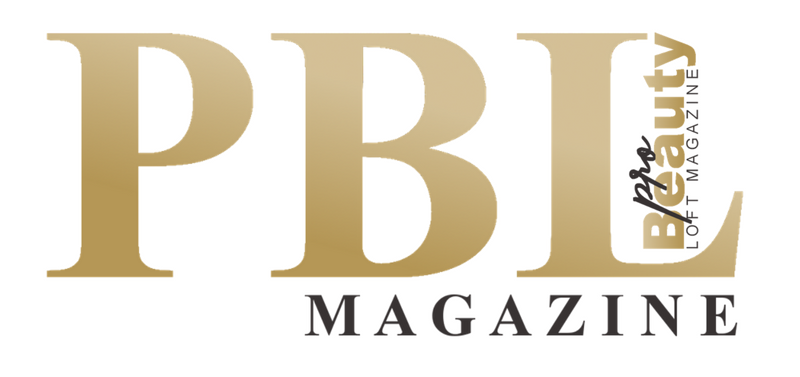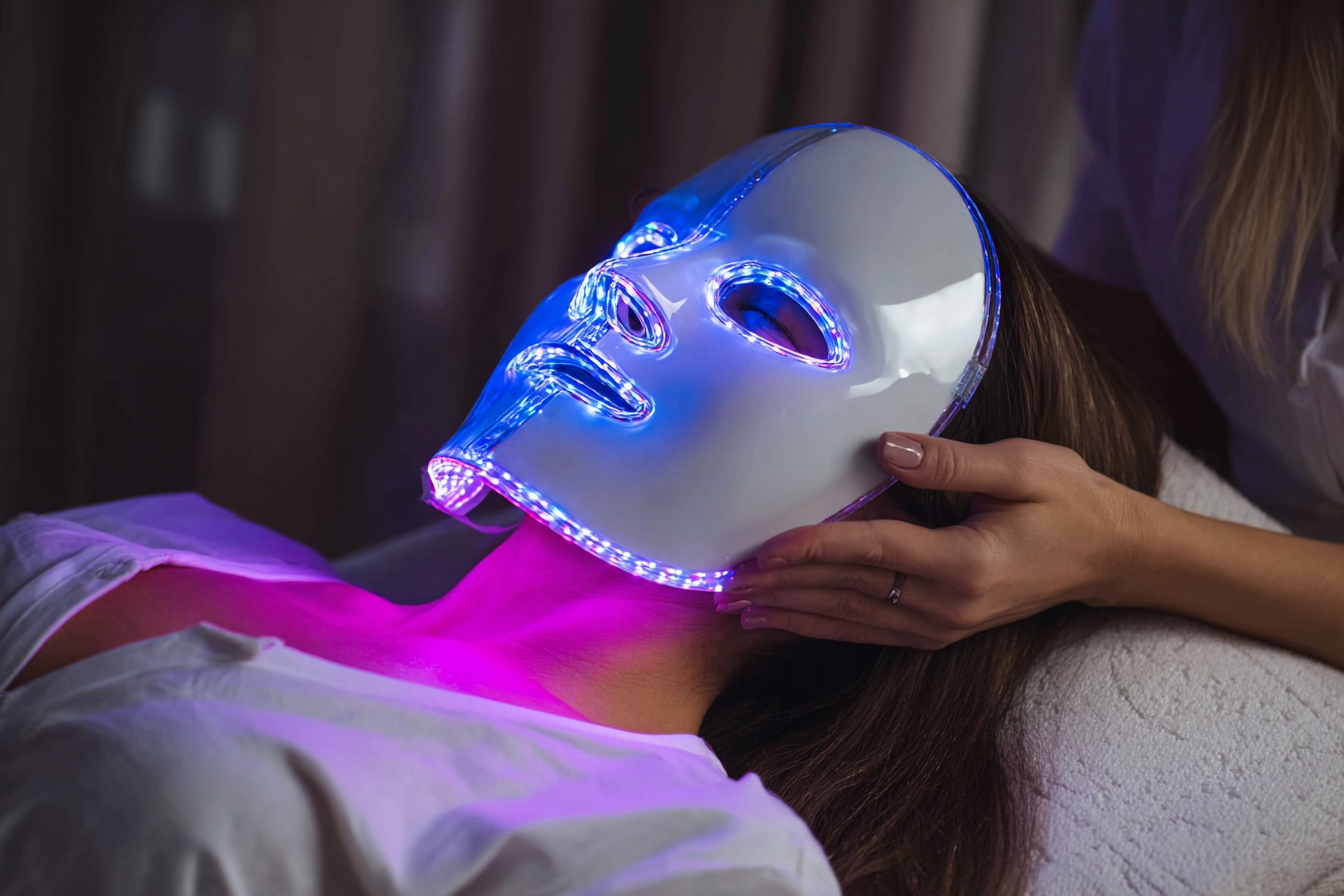Understanding Lash Porosity and How It Affects Lift Results
For many lash professionals, timing, rod choice and solution strength get most of the attention during a lift. Yet one of the biggest predictors of how a set will turn out is something you cannot see at first glance: lash porosity. Learn to read porosity properly and you can prevent over processing, rescue stubborn straight lashes and tailor every lift to the individual eye.
A quick refresher on lash structure
Natural lashes, like scalp hair, are made mainly of keratin arranged in three layers. The inner medulla contains loosely packed cells. Around it sits the cortex, which provides most of the strength and holds the pigment that determines lash colour. The outer layer is the cuticle, formed from overlapping cells that lie like roof tiles and create the surface texture of the hair.
Lash cuticles tend to be more tightly packed than those of scalp hair, which gives lashes their rigidity and natural curve but also means any disturbance to that cuticle layer can have a dramatic impact on how the lash responds to chemicals, moisture and product.
What porosity actually means in lashes
Porosity describes how easily a lash absorbs and holds moisture or product. It is largely governed by the condition of the cuticle. When the cuticle scales are compact and smooth, the lash is considered low porosity. When they are slightly raised, chipped or eroded, the lash becomes more porous and behaves very differently under lifting solutions.
In practical terms, you will typically encounter three functional categories in the treatment room.
Low porosity lashes
These look naturally shiny, feel firm and often belong to younger clients or those who have never tinted, lifted or worn extensions. The cuticle is tightly closed, so lotions take longer to penetrate. These lashes are often described as resistant.Medium porosity lashes
Often the easiest to work with, these lashes have a gentle sheen but are not glassy. They take solution predictably and hold a curl well. Many clients with healthy but untreated lashes fall into this bracket.High porosity lashes
These are duller, can feel slightly rough and may appear a little frayed or fluffy along the length. They are common in clients with a history of frequent lifts, tints, extensions or aggressive make up removal, and in those with naturally finer or lighter lashes. The cuticle is more open, so these lashes drink in product quickly but can also become brittle and over processed in a shorter time.
It is crucial to recognise that high porosity does not always mean healthy. Damaged lashes and chemically treated lashes almost always present as highly porous, but that porosity is a sign of vulnerability rather than strength.
Why porosity changes the way a lift behaves
Lash lift systems rely on reducing and then reforming disulphide bonds in the keratin within the cortex to reshape the lash. Traditional systems use ammonium thioglycolate, while newer Korean inspired formulas often use cysteamine as the active agent. Both work by swelling the hair to open the cuticle, then breaking and resetting the bonds at an alkaline pH before neutralisation.
Porosity affects almost every stage of this process.
Product penetration
On low porosity lashes, solutions take longer to travel through the cuticle, so the same timing that gives a perfect lift on a typical lash may hardly move a very resistant one. On highly porous lashes, product moves in rapidly and can reach the cortex in a fraction of the time.Swelling and cuticle lift
Alkaline lotions raise the cuticle to allow access to the cortex. Where the cuticle is already disrupted, this additional swelling can push the hair to breaking point, particularly at the mid lengths and tips where older keratin is more fragile.Bond breakage and reset
If you fully open the bonds on a highly porous lash and then neutralise in an overstretched position, you can end up with frizzed, kinked or even snapped lashes. The same protocol on a dense, low porosity lash may deliver only a soft bend or leave the lash almost straight.Long term health
Repeatedly over processing already porous lashes can disrupt the lash growth cycle, leaving gaps, shortened anagen phases and weaker new growth.
Understanding porosity allows you to anticipate these differences and adjust your timings, product choice and even shield selection before problems arise.
Reading porosity at consultation
You are unlikely to assess lash porosity with a microscope on the treatment bed, so practical visual and tactile cues become invaluable. Trade focused education on advanced lash assessment now routinely highlights porosity alongside growth direction, layers and growth cycle stage.
Key checkpoints during consultation include:
Visual appearance
Shiny, smooth lashes with crisp tips usually suggest low porosity. Lashes that look matte, faded or slightly fuzzy along the edges tend to be more porous. Very dark, coarse lashes are often more resistant, while very fair, fine lashes can fluctuate between medium and high porosity depending on previous treatment history.Touch and flexibility
Gently stroking the lashes between two dry spoolies can give you a sense of surface texture. High porosity lashes may feel slightly rough and can bend or kink abruptly when pushed against a lash pad, rather than gliding and curving smoothly.Client history
Frequent lifts or tints, previous lash perms, heavy mascara use, waterproof formulas and forceful cleansing routines all increase the likelihood of raised porosity. Clients who have recently had extensions removed, especially after prolonged wear, often present with patchy porosity along the lash line.Health and medicationHormonal changes, certain medications and systemic illness can all influence lash texture and porosity. A thorough medical and cosmetic history helps you understand whether you are dealing with naturally resistant hair or compromised hair that requires a gentler approach.
Recording these findings in your client notes allows you to build a pattern across visits, rather than treating each appointment as a stand alone event.
Once you have a good sense of the lash condition, you can modify the full protocol to respect porosity rather than working against it.
Low porosity, resistant lashes
These clients often complain that previous lifts have not lasted or have barely moved their lashes. Consider:
Slightly longer processing times within the manufacturer’s safe window.
A standard strength lotion rather than the gentlest variant, provided there are no contra indications.
Careful but firm wrapping on a rod or shield to ensure full contact with the lotion and good tension at the root.
Precise neutraliser application so bonds reset fully in the newly lifted position.
Medium porosity lashes
Aim to work close to the brand’s baseline timings and strengths here. This group forms the reference point for most training guides and tends to give the most predictable results. Precision in placement and symmetry becomes the priority.
High porosity or previously damaged lashes
This category needs the most caution. Strategies can include:
Dropping processing times, especially for the first stage lotion. Many brands recommend using the minimum time for fine or compromised lashes and adjusting only after assessing the result.
Choosing gentler cysteamine based systems that are designed to work at a lower pH and cause less cuticle disruption, particularly useful for delicate or previously over processed lashes.
Focusing product on the mid lengths and avoiding full saturation of the tips, which are the oldest and most vulnerable part of the lash.
Integrating nourishing steps such as keratin, peptide or lipid rich infusion phases that help smooth and protect the cuticle after treatment.
Extending the interval between lifts and supporting the client with a targeted lash serum to help improve the quality of new growth.
There will be occasions where porosity and density are so compromised that the safest professional decision is to refuse a lift, offer restorative care only and reassess at a later date.
Porosity does not only influence chemistry. It also affects styling decisions. Highly porous, fine lashes may spring more tightly around a very small shield, risking an over dramatic curl that reads as a kink from the side. Opting for a slightly larger shield or rod can give a more flattering, elongated lift while placing less mechanical stress on the hair.
Conversely, thick, low porosity lashes sometimes benefit from a smaller shield to create enough visual change, provided the chemical processing is robust enough to hold that new shape. Looking at porosity together with lash length, growth direction and layering helps you select shield sizes that work with the natural behaviour of the hair rather than fighting it.









